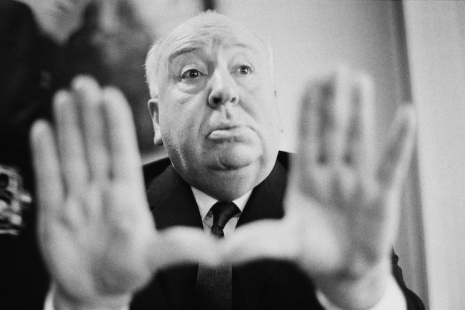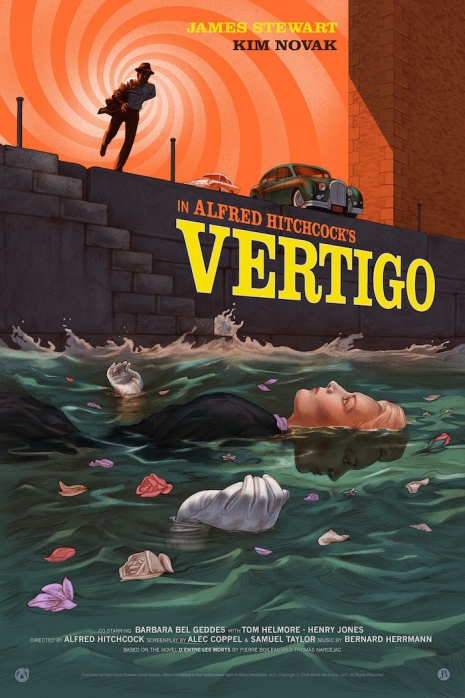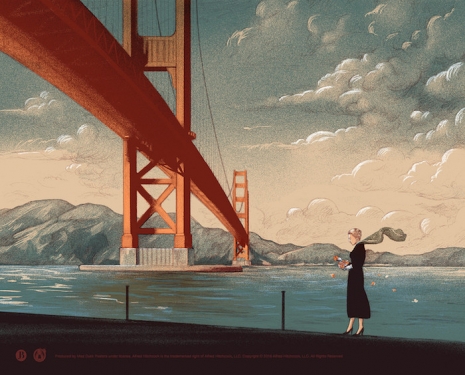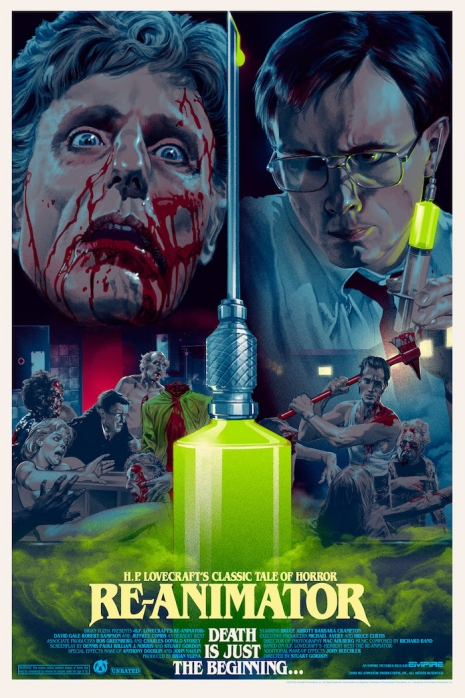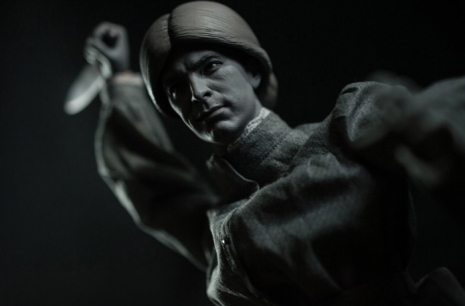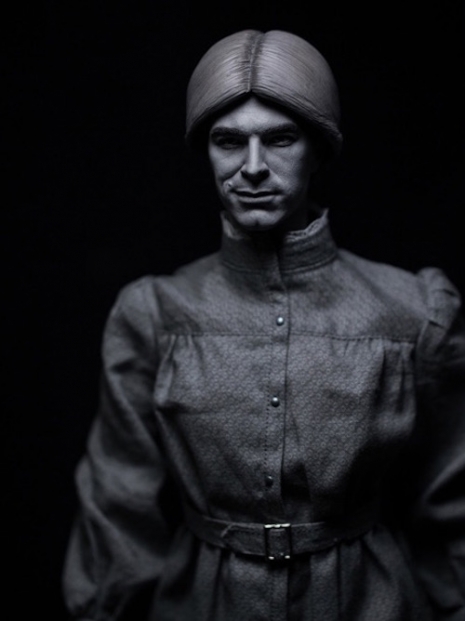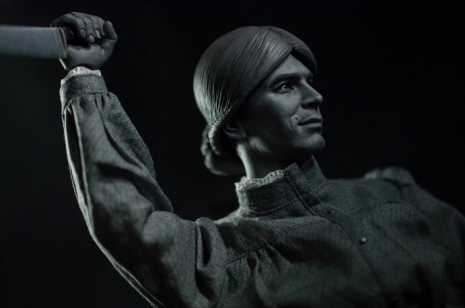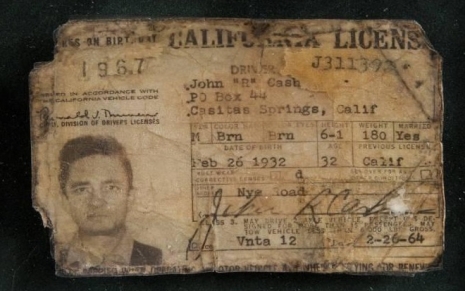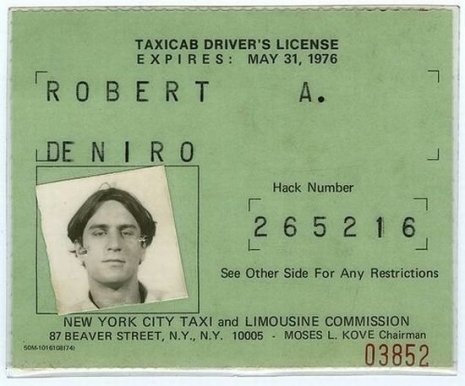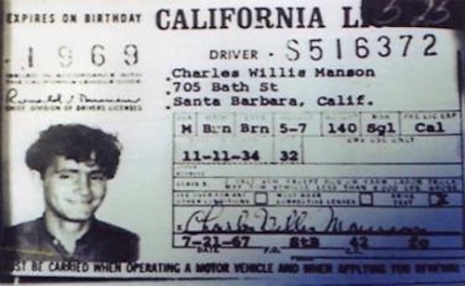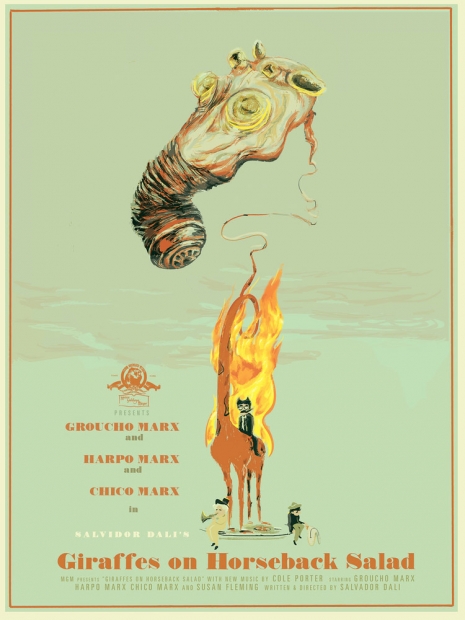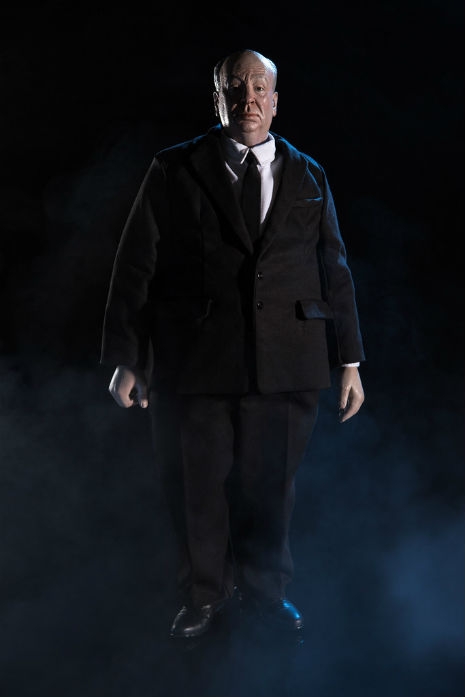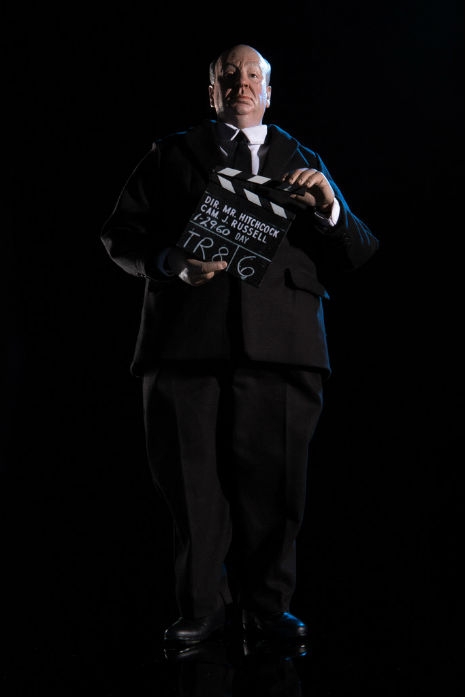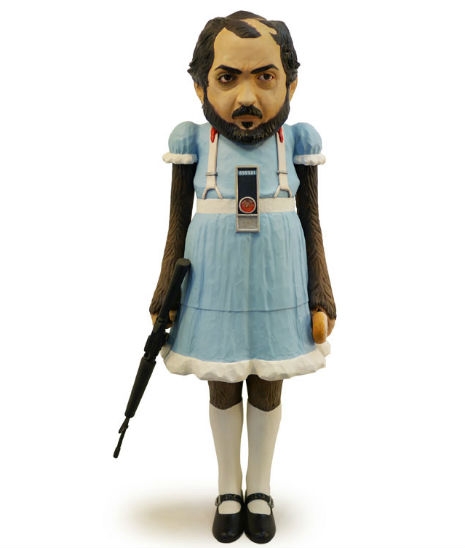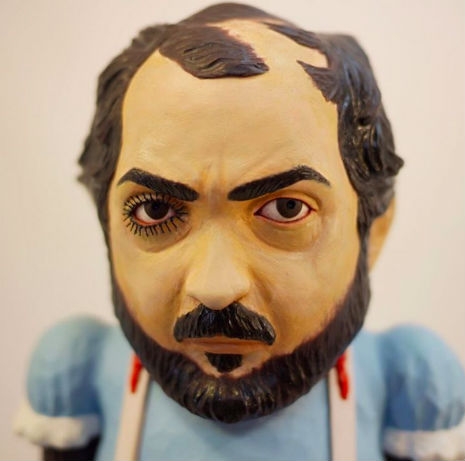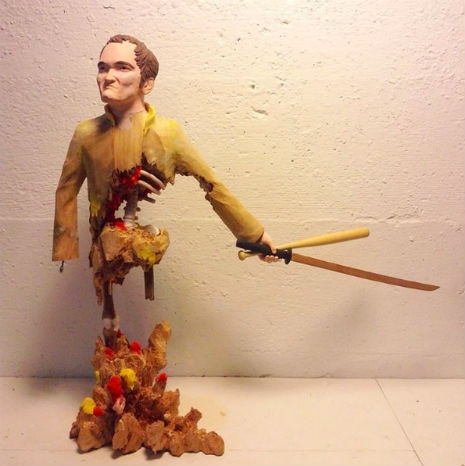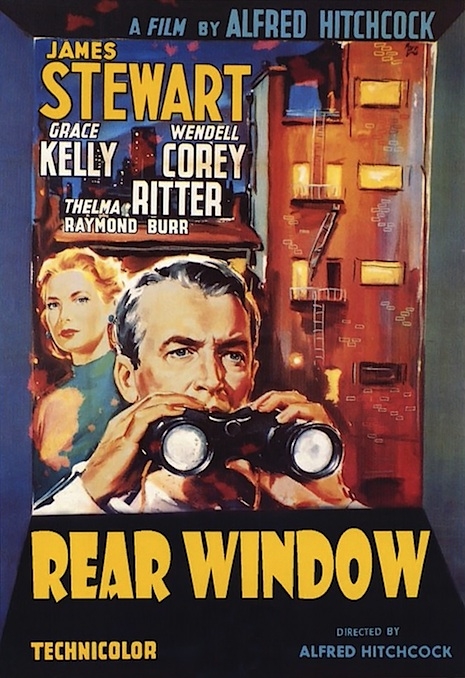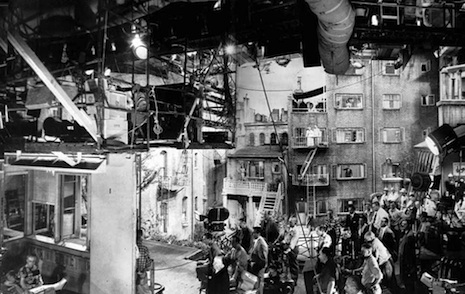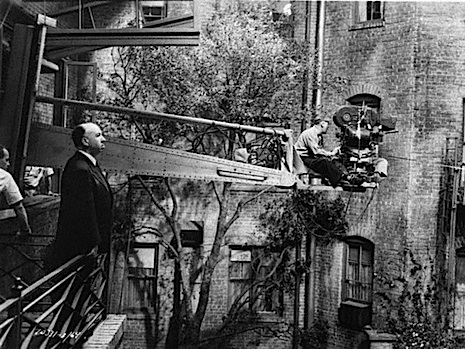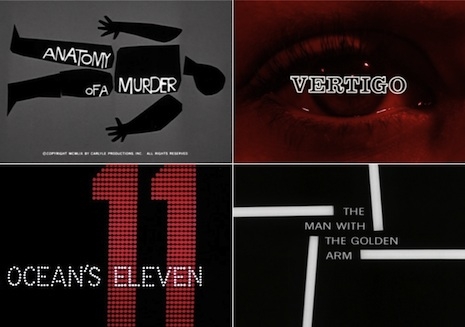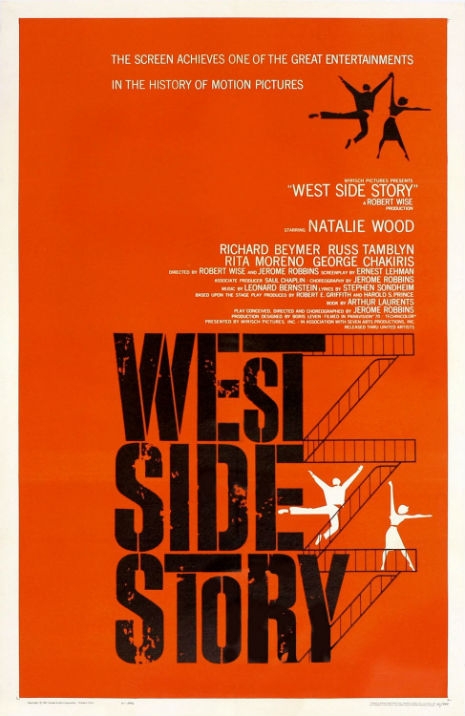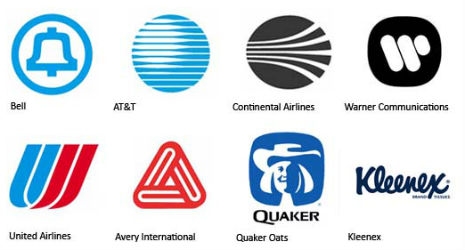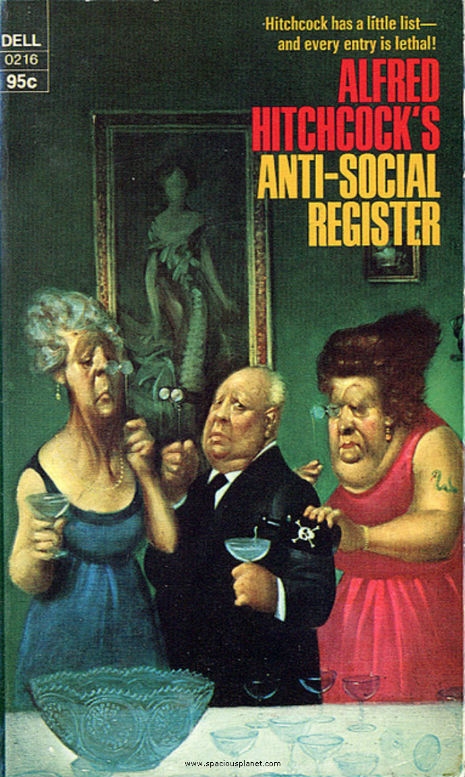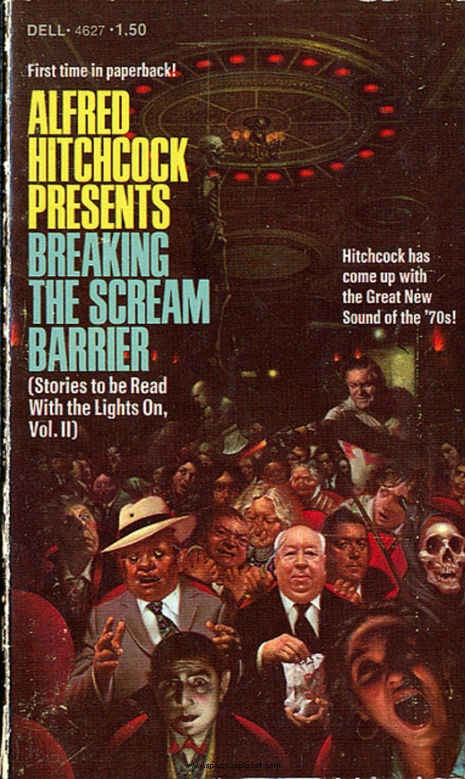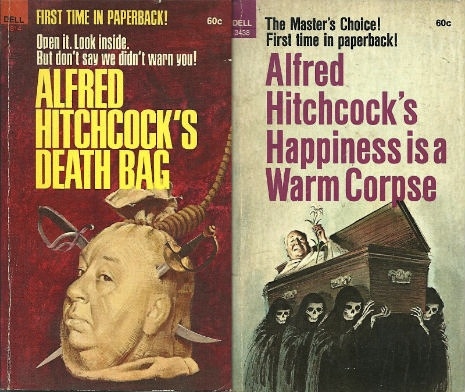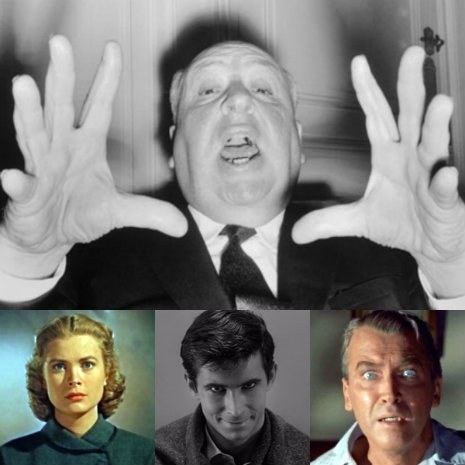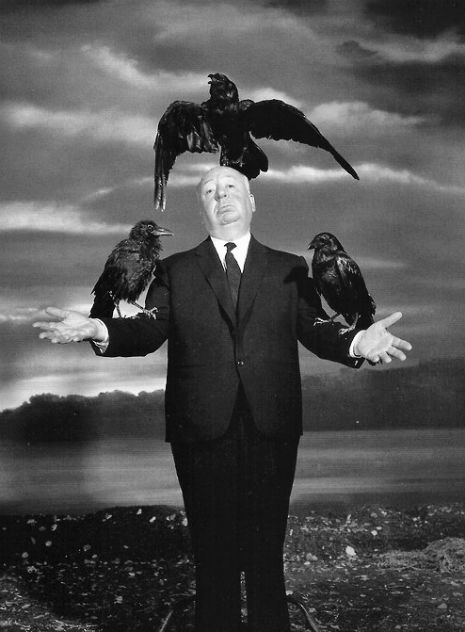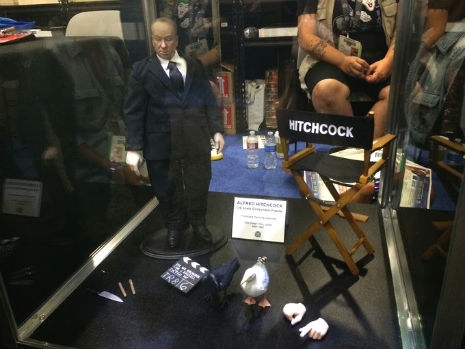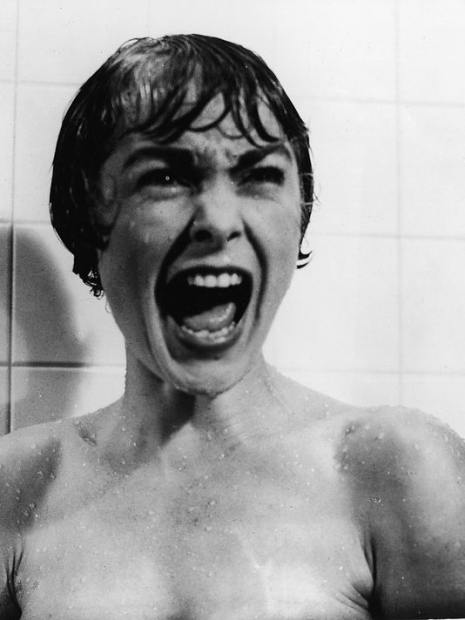
They are perhaps the most iconic few minutes of film in cinematic history—the “shower scene” in Alfred Hitchcock’s 1960 classic, Psycho. The segment continues to shock audiences, and film scholars have written about the brilliance of its construction and effectiveness for decades. It’s an astonishing, groundbreaking moment in cinema, yet this shower scene wasn’t the first of its kind.
The 7th Victim is a 1943 cult film about a young woman named Mary, who, while looking for her missing sister, stumbles upon a satanic cult. The picture was produced by the legendary Val Lewton, remembered for the mysterious horror pictures he supervised in the 1940s.

Mary is portrayed by Kim Hunter, in her first film role. In one scene, as Mary is taking a shower, another figure walks in the bathroom. In a suspicious, not so vaguely threatening tone, this person encourages Mary to leave town. The scene is largely shot from behind Mary, as she faces the person through the shower curtain. The moment is made even more tense, as all we ever see is a strange shadow of the intruder.
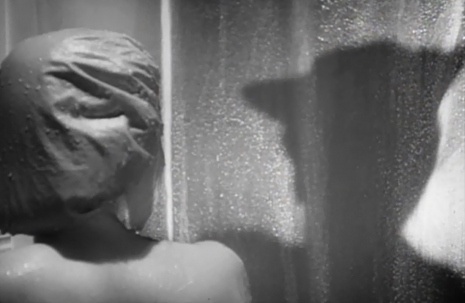
It brings to mind the shadowy shots in the Psycho shower scene, in which the killer’s face is never seen clearly.
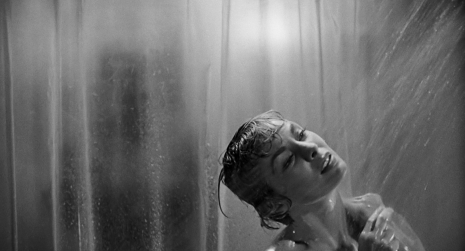
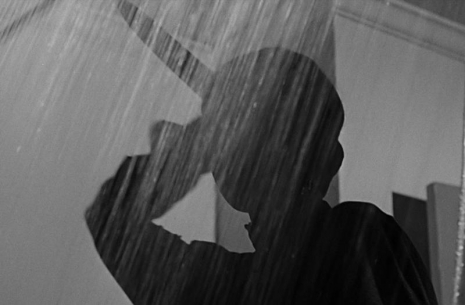
The 1958 film noir/exploitation movie, Screaming Mimi, concerns an exotic dancer, Virginia, who is severely traumatized after she is attacked while taking a shower.

During the opening minutes of Screaming Mimi, Virginia, played by Swedish model/actress Anita Ekberg, is bathing in an outdoor shower, when a man brandishing a large knife approaches her. Though the scene is clumsily staged, as viewers we recognize that, like Marion (Janet Leigh) in Psycho, Virginia is largely defenseless in the shower setting, which adds to the terror.
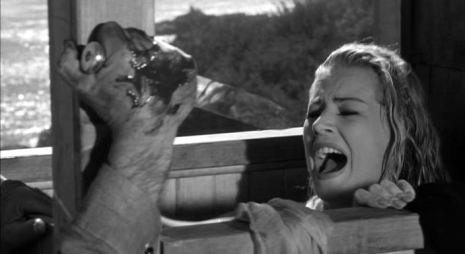
Of course, these previous shower scenes take nothing away from what Hitch accomplished in Psycho, though I can’t help but wonder if they influenced his most famous movie moment. Either way, the scene still makes us wary, from time to time, of taking a shower when home alone….
Continues after the jump…







